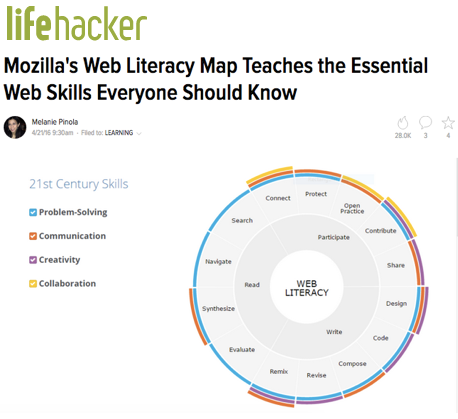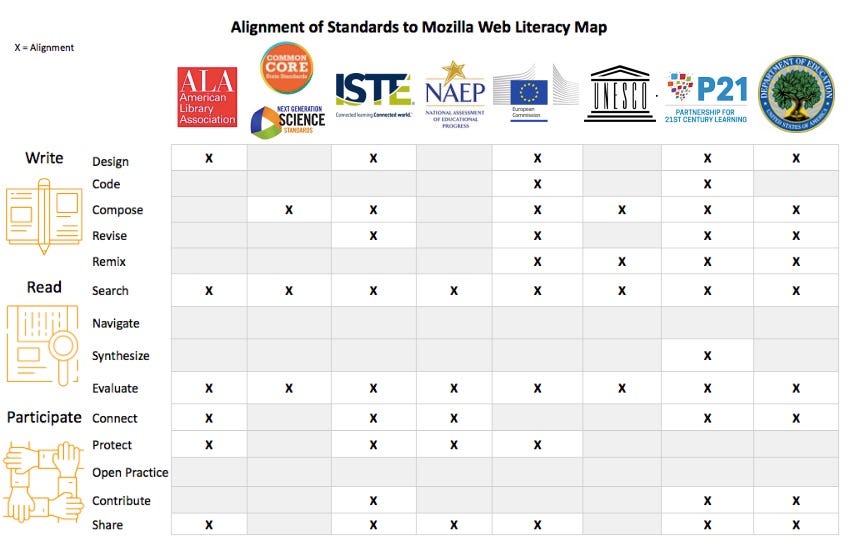The Next 10 Years: Helping STEM Students Thrive series, on January 10th, from 12-1:30 PM ET. The topic will be learning spaces with the following guest speakers:
- Jeanne L. Narum, Principal, Learning Spaces Collaboratory
Jeanne will discuss what she has learned about what works, why and how it works in achieving sustainable institutional transformation in the world of planning spaces for learning in the undergraduate setting.
- Lisa Stephens, Sr. Strategist- SUNY Academic Innovation – University at Buffalo
- Rebecca Rotundo, Instructional Technology Specialist, University at Buffalo
Lisa and Rebecca will share their experience in FLEXspace (Flexible Learning Environments eXchange) an open education repository project which has expanded to over 2,600+ users from 1,200+ educational institutions across 42 countries.
- Xin Li, Associate University Librarian, Cornell
Xin will share information about the Library’s initiative to install a Portal on the Cornell campus in Sept. 2018, with the goal to engage faculty, students, and the community in live conversations with Portal users in different countries, cultures, or life circumstances, such as what others do for STEM education.
For more information on the speakers and to register and log into the event please go tohttps://gateway.shindig.com/event/learningspaces
This collaboration between Cornell University and the University at Buffalo featuring the perspectives of national thought leaders and institutional representatives about expanding the participation of women in undergraduate STEM education at different scales.
This interactive, online series features a different topic per month. Each session kicks off with an introduction by our distinguished thought leaders followed by institutional representatives from Cornell University and the University at Buffalo who will share insights from their campuses. Participants may join the conversation, ask questions, share experiences, build networks and learn more about:
· Innovations that can expand female or underrepresented minority student participation and success in STEM undergraduate education.
· Effective evidence-based STEM teaching practices commonly adopted at research universities.
· Unique institutional and cultural challenges to achieving STEM diversity.
· What difference at scale looks like.
+++++++++++++++
more on learning spaces in academic environment in this iMS blog
https://blog.stcloudstate.edu/ims?s=learning+spaces

